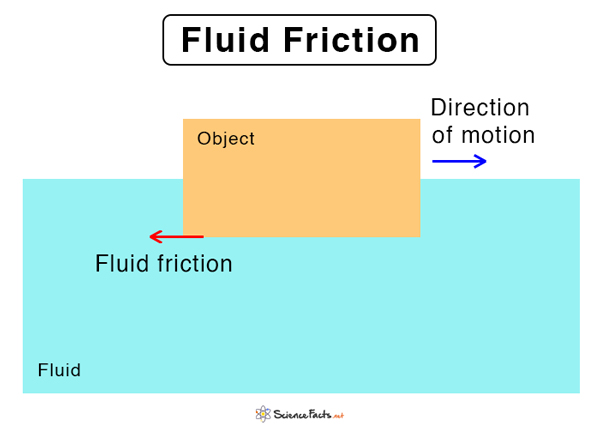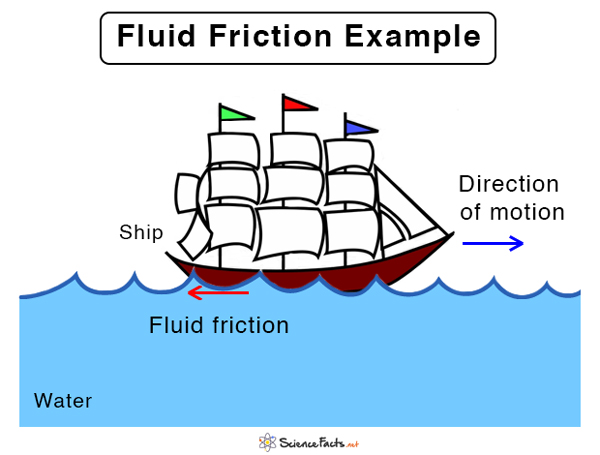Fluid Friction
What is Fluid Friction
The resistance to an object’s motion in a fluid is called fluid friction. However, the resistance is not restricted to solid objects only. It also occurs within the different layers of the fluid, which can be liquid or gas. When it occurs within the fluid, the friction of fluid flow is called viscosity. A high viscosity fluid will be more viscous than a low viscosity fluid. For example, honey is more viscous than water and does not flow as smoothly as water.
Examples of Fluid Friction
There are many examples of fluid friction in daily life. Here are some of them.
- A person swimming in the water
- A plane flying through the air
- The flow of honey when it is spread over bread
- The flow of water when it is sucked through a straw
- The motion of coffee when it is stirred
- A ship sailing on the water
Factors Affecting Fluid Friction
There are a few factors that affect fluid friction.
- Viscosity: Fluids with high viscosity offer more resistance than the ones with low viscosity
- Temperature: As the temperature increases, the viscosity of liquids decreases, whereas the viscosity of gases increases.
- Pressure: With an increase in pressure, the viscosity of liquids increases, except water. The viscosity of gases is unaffected.
Laws of Fluid Friction
Here are some laws of fluid friction.
- Different for different fluids
- Independent of the load or pressure
- Reduced with the increase in temperature
- Dependent on the velocity of the flow
- Proportional to the surface area of contact
-
References
Article was last reviewed on Saturday, November 28, 2020










what about fluids